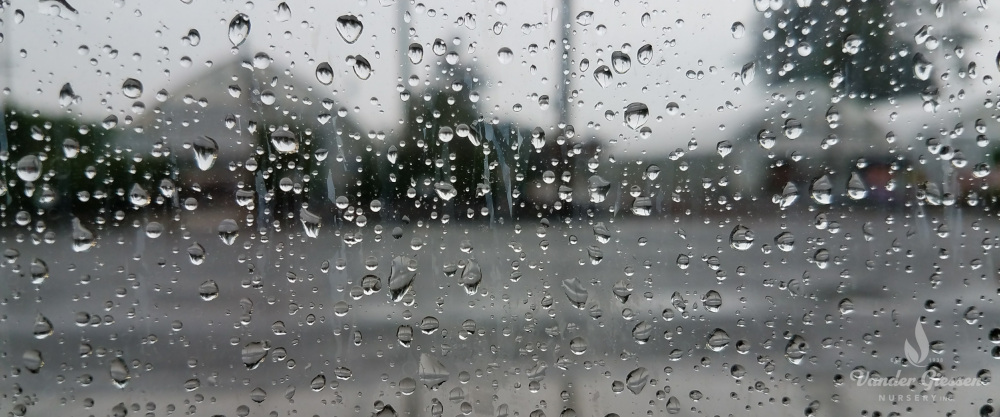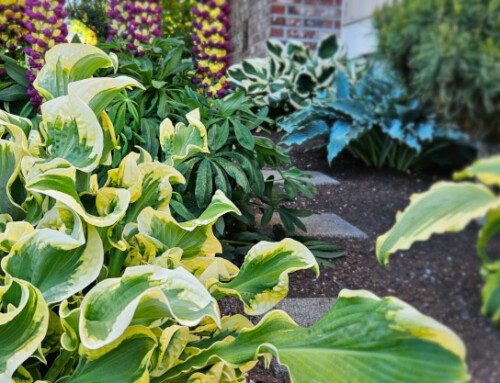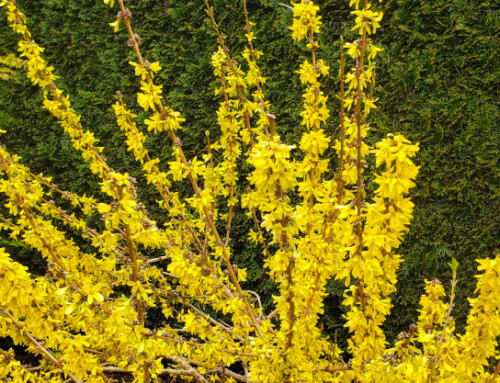In the last few weeks, the lives of many people around our county and region were upended, with homes, farms, and businesses damaged or destroyed by raging floodwaters. While fixing damage to structures and vehicles has been the primary focus in the intervening days, many yards and gardens have sustained significant damage as well. If your yard was overwhelmed by flooding, here are a few tips to help repair and rebuild your outdoor spaces.
First, I fully understand that having a livable home is your focus right now, and it may be several months before you can even begin to think about repairing damage to your yard. That’s okay—your home is your priority and none of the following really matters until you have a place to lay your head at night.
Once you have time to assess the damage to your yard, the first thing to do is wash any sediment off your plants. Because of the silty texture of the sediment, some of the gunk may have embedded itself in the pores of evergreen foliage and may not wash off, but hosing your plants down will help to remove the weight of mud trapped in branches and foliage and allow plants to put out new growth next spring.
Second, your lawn likely took the brunt of the impact from floodwaters, with sediment or gravel deposits in low spots and erosion in others. For those areas where sediment has settled over the grass, those areas will need to be reseeded in the spring—grass left trapped under mud for more than a week typically dies from suffocation. In areas with sediment deposits, you will need to rototill to break up the buried grass; dead turf is very slow to fully decompose and can inhibit both drainage and proper rooting of new grass or plants.
In any areas of your lawn with only slight sediment buildup—areas where grass is still poking through—your lawn will likely survive and may only need minor overseeding or patching in the spring. For any seeding you need to do, wait until early April to attempt to reseed as cool temperatures and short daylight hours this time of year inhibit grass sprouting. Additionally, in conjunction with overseeding, core aerating (the method of punching holes in your lawn with a machine that extracts a plug of sod and soil) will help to improve air circulation to roots in soils compressed by floodwaters.
Third, examine your yard for any evidence of erosion, either by floodwaters or simply the torrential rains. As soon as possible, spread fresh topsoil over exposed plant roots to prevent hard winter freezes from damaging your plants. Overnight frosts won’t damage anything—it’s the January and February northeasters that could pose a risk to exposed plant roots. A replacement layer of bark mulch may be needed as well and can be done either this winter or next spring.
Finally, whether you were in a flood zone or not, chances are the storms over the last month have exposed weaknesses in how your landscape handles rainwater, whether something relatively simple to fix like inadequate downspout drains or something more major like a yard that slopes toward instead of away from your house. For some homes, flooded basements or crawlspaces were unavoidable with high groundwater levels, but in other cases, you may be able to start planning now for repairs you can make during drier weather next spring or summer to deal with rainwater appropriately and keep it from flooding your home.
As our community begins the long process of rebuilding homes and lives affected by the flood events of the last month, may you find some solace in your garden, even if it was damaged and will need some major work itself in the coming year. Plants are resilient, and come spring, flowers will bloom, trees will bud and leaf out, and life will return to the muddied and ruined gardens. In the meantime, if you’ve been affected by the floods, know that you have the prayers and support of your community for the endurance to carry on.








Leave A Comment